Books
Picture Books
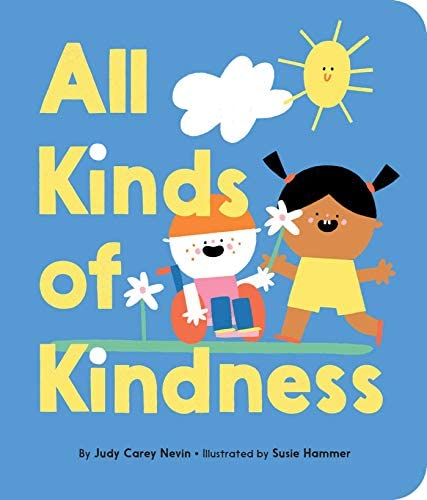
All Kinds of Kindness / Judy Carey Nevin; illustrated by Susie Hammer
Nevin’s All Kinds of Kindness demonstrates various acts of kindness with beautiful, illustrated pictures and a simple message that is perfect for early discussions about inclusion.
Type of Representation: Mobility devices, limited vision
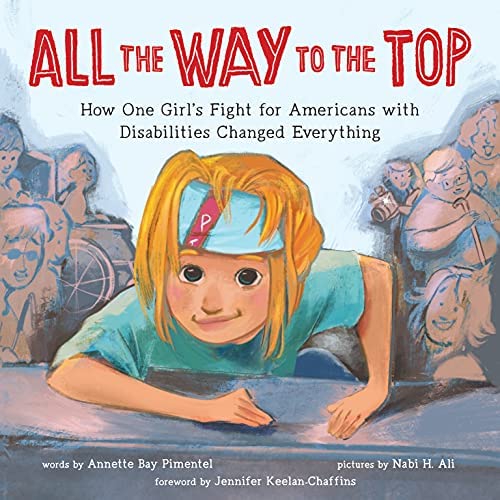
All The Way to The Top : How One Girl’s Fight for Americans with Disabilities Changed Everything / Written by Annette Bay Pimentel ; illustrated by Nabi H. Ali
Based on the life of Jennifer Keelan, All The Way To The Top tells the story of the activism that led to the passing of the Americans with Disabilities Act.
Type of Representation: Mobility devices, Cerebral Palsy

Awesomely Emma/ Written by Amy Webb; Illustrated by Merrilee Liddiard
Awesomely Emma shares the story of Emma, who has a limb difference and uses a wheelchair. On a school trip to the art museum, Emma faces some accessibility challenges, which opens her peers’ eyes to the importance of inclusion.
Type of Representation: Mobility devices, limb difference
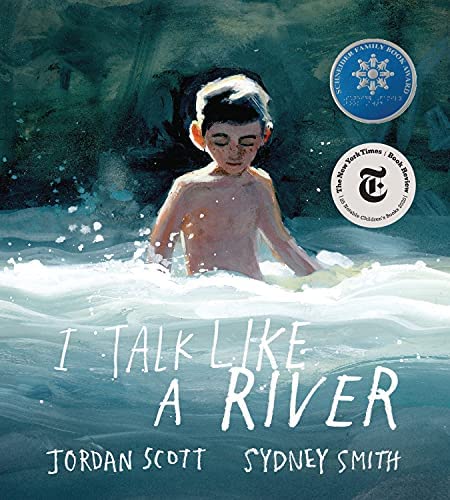
I Talk Like a River / Written by Jordan Scott; Illustrated by Sydney Smith
I Talk Like A River is a sensitive exploration of the isolation that one may feel due to a speech disability. There is no happy-ending or cure for the boy’s stutter, but rather, an understanding and acceptance for his speech.
Type of Representation: Speech disability, stutter
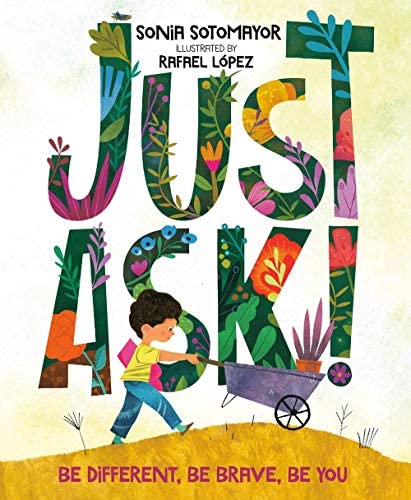
Just Ask! Be Different, Be Brave, Be You / Written by Sonia Sotomayor; illustrated Rafael López
A delightful demonstration of inclusion, Just Ask, helps children learn that it is okay to ask questions and learn about people who are different than you.
Type of Representation: Juvenile diabetes, asthma, mobility devices, blindness, deafness, sign language, dyslexia, Autism, stuttering, Tourette’s, ADHD, food allergies, and Downs Syndrome
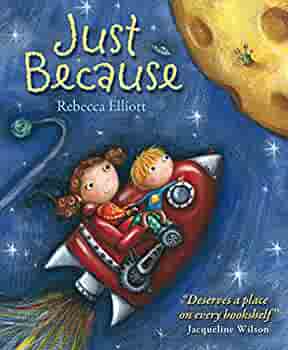
Just Because/ Written and Illustrated by Rebecca Elliott
Just Because explores the relationship between a brother, Toby, and his disabled sister, Clemmie, who also happens to be his best friend. Clemmie may not be able to talk, walk, or move around much, but that does not stop the dynamic duo from sharing in many fun adventures.
Type of Representation: Sibling relationships, mobility devices, developmental disability, cognitive disability
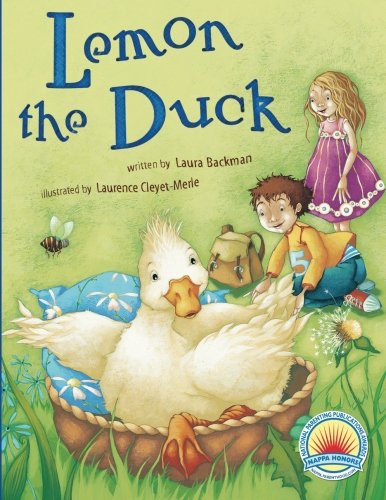
Lemon the Duck/ Written by Laura Blackman; illustrated by Laurence Cleyet-Merle
Based on a true story, Lemon the Duck, takes the reader inside a classroom full of students who take care of a duckling who is born with a neurological condition. Even though the duck cannot stand or walk the same way that other ducks do, the children learn that he is still happy and can do what the other ducks do. This is a great way to introduce the concept of developmental and cognitive disabilities.
Type of Representation: Developmental disability, cognitive disability
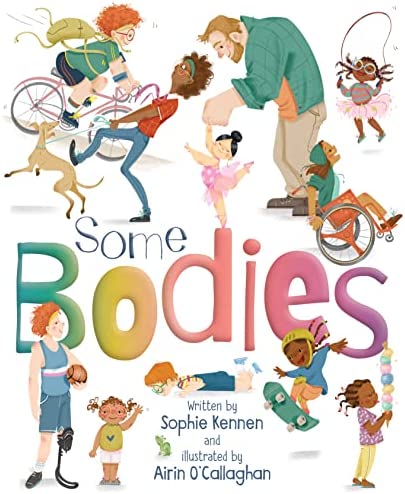
Some Bodies / written by Sophie Kennen; illustrated by Airin O’Callaghan
A beautifully illustrated exploration of the unique bodies that shape our world.
Type of Representation: Mobility devices, limb differences, feeding tube, short stature, and service animals
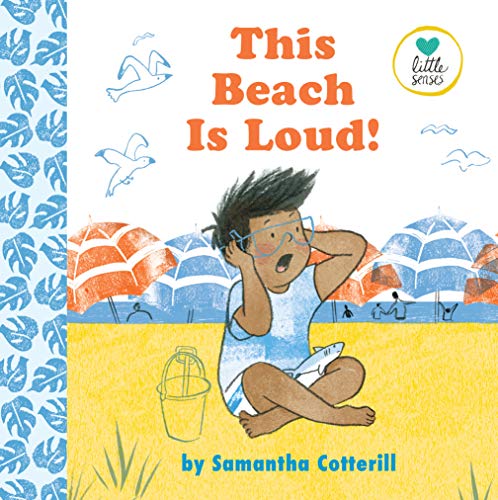
The Little Senses Series/ Written by Samantha Cotterill
This series explores some of the challenges that individuals who are neurodiverse might face, such as sensory processing, changes in routine, transitions, and playing with others. Titles include This Beach is Loud, It Was Supposed to be Sunny, Nope! Never! Not For Me!, and Can I Play Too?
Type of Representation: Neurodiversity, Autism, Sensory processing
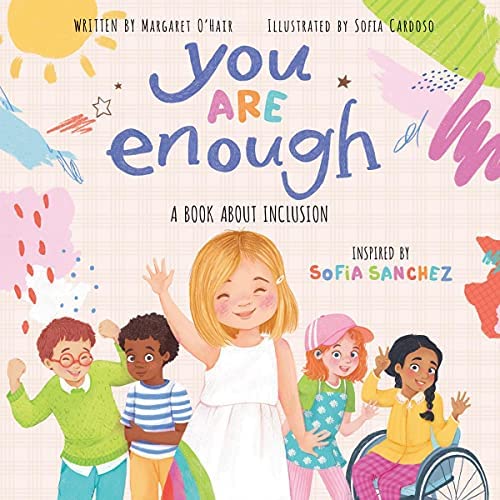
You are Enough / Written by Margaret O’Hair, illustrated by Sofia Cardoso, inspired by Sofia Sanchez
Inspired by activist and model Sofia Sanchez, You Are Enough introduces the idea that being different is okay while validating the difficult feelings of loneliness that differences can illicit.
Type of Representation: Mobility devices, Down Syndrome, limb differences, Autism
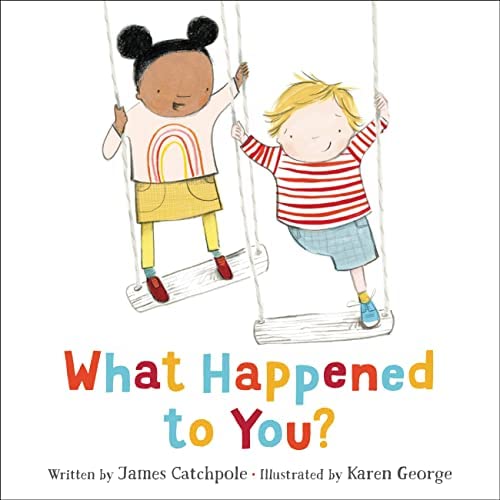
What Happened to You? /Written by James Catchpole; illustrated by Karen George
While Joe is on the playground, he is bombarded with questions about his missing leg. What Happened to You helps recognize that while it is okay to ask questions, some people do not want to talk about their disability, nor do they owe that explanation.
Type of Representation: Limb differences
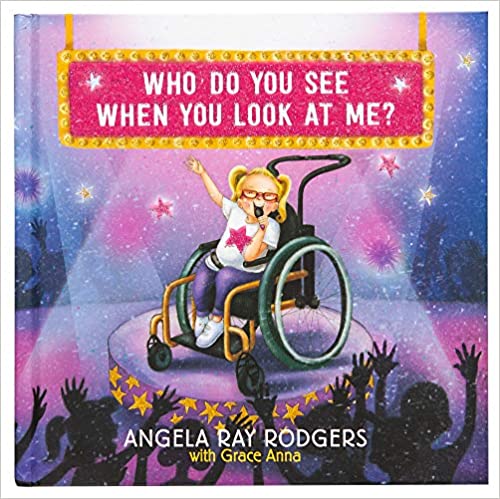
Who Do You See When You Look at Me? / Written by Angela Ray Rodgers; Illustrated by Janet Samuel
Who Do You See When You Look at Me? Tells the real-life story of Anna Grace, a happy little girl with a rare form of Dwarfism called Conradi Hunermann Syndrome. Follow Anna Grace and discover her talents and what makes her unique.
Type of Representation: Dwarfism, genetic conditions, medical procedures
Non-Fiction
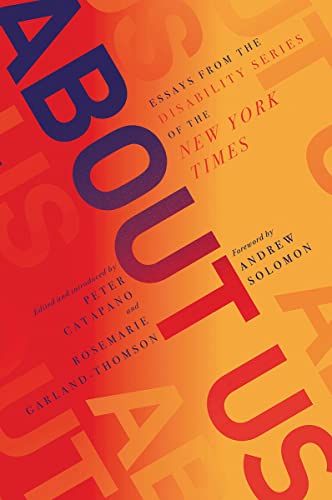
The New York Time’s groundbreaking “Disability” column has aided in changing the way readers view and understand disability. About Us is a collection of those first-hand accounts.
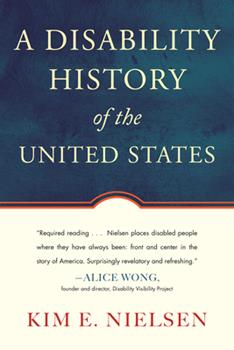
A Disability History of the United States/ Written by Kim E. Nielsen
Our list would be incomplete without Dr. Nielsen’s eye-opening historical overview of Disability in the United States. A harrowing, but important, read.
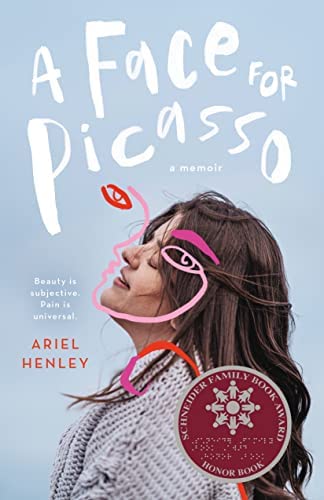
A Face for Picasso: Coming of Age with Crouzon Syndrome/Written by Ariel Henley
Ariel Henley shares the physically and emotionally painful experience of growing up with Crouzon Syndrome, a rare genetic condition that prematurely fused closed Ariel’s skull, requiring numerous surgeries to make room for her brain to grow. A must read for anyone connected to the craniofacial community!
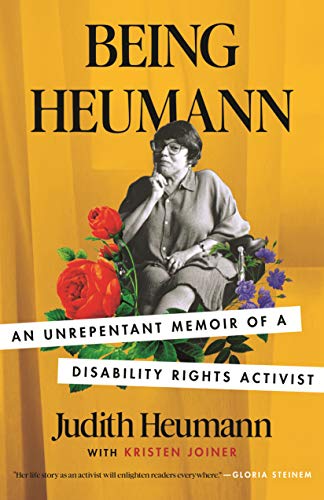
Judith Heumann has had a monumental role in disability activism, including the independent living movement, the passing of Section 504, and various movements to improve mainstream education.
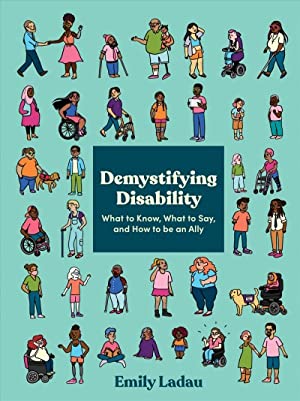
Demystifying Disability: What to Know, What to Say, and How to Be an Ally/ Written by Emily Ladau
This resource covers a broad range of subjects, helping the reader to identify and avoid ableism, understand the basics of disability history, and make inclusion and accessibility standard practice.
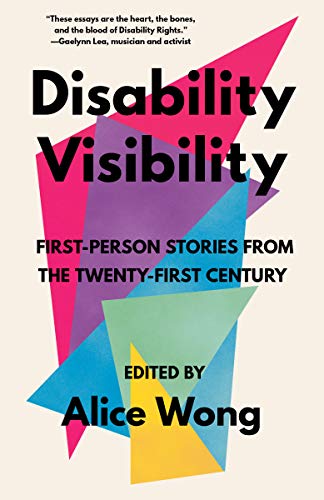
Disability Visibility: First-Person Stories from the Twenty-First Century/ Edited by Alice Wong
In line with the popular motto “nothing about us without us” this collection provides first-person stories from contemporary disabled voices.
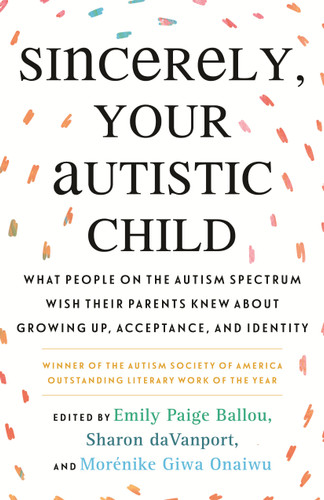
A unique resource for caregivers, in thatit does not come from doctors, psychologists, or even fellow caregivers. Sincerely, Your Autistic Child is a collection of essays written by Autistic adults highlighting what they wish caregivers and beyond knew and understood.
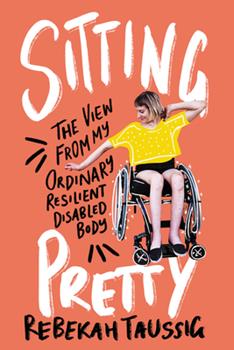
Sitting Pretty: The View from My Ordinary Resilient Disabled Body/ Written by Rebekah Taussig
A testament to the importance of positive representation, Taussig’s memoir Sitting Pretty provides insight into what it was like growing up disabled in the 90s and navigating adulthood.
Fiction

El Deafo / Written by Cece Bell
Graphic novel based on author’s childhood growing up deaf that explores the frustration she feels when she is treated differently, but as time goes on, she grows more confident and confronts those who treat her differently.
Type of Representation: Deafness
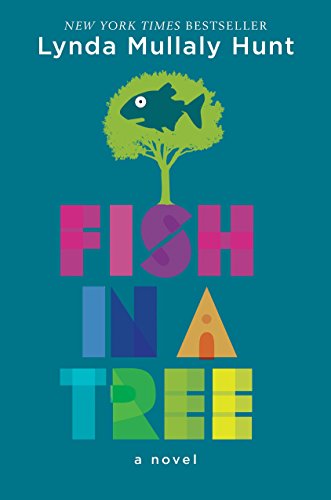
Fish in a Tree / Written by Lynda Mullaly Hunt
Fish in a Tree introduces us to Ally who, with the help of her teacher, realizes she has dyslexia.
Type of Representation: Dyslexia, learning disabilities
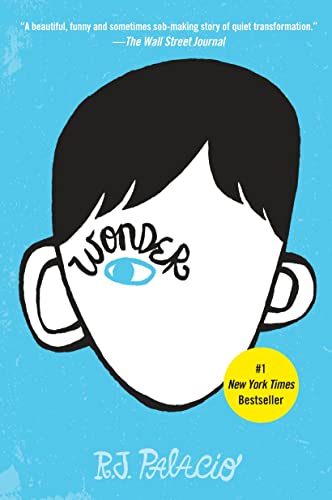
Wonder / Written by RJ Palacio
Wonder is a coming-of-age story that introduces the reader to Auggie, a 10-year old boy with Treacher-Collins Syndrome. This is a very common book utilized in school to teach themes of disability and acceptance and was made into a movie.
Type of Representation: Craniofacial differences, Treacher-Collins Syndrome, Craniosynostosis
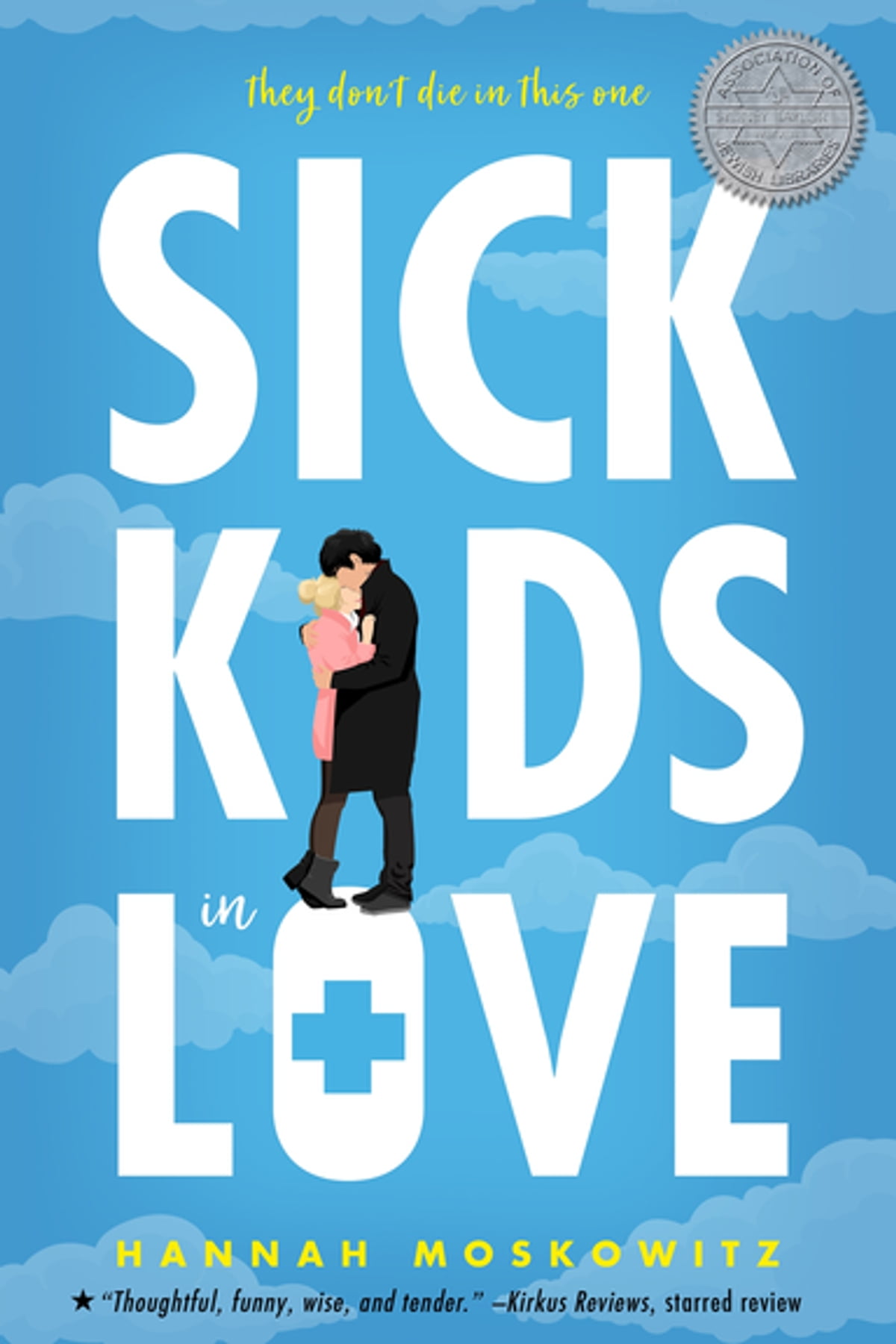
Sick Kids in Love / Written by Hannah Moskowitz
Sick Kids in Love does a wonderful job of breaking the tired trope of disabled characters dying at the end of the book. It also shows two disabled characters in love, which is also not often represented in media.
Type of Representation: Chronic illness, Rheumatoid arthritis, and Gaucher disease